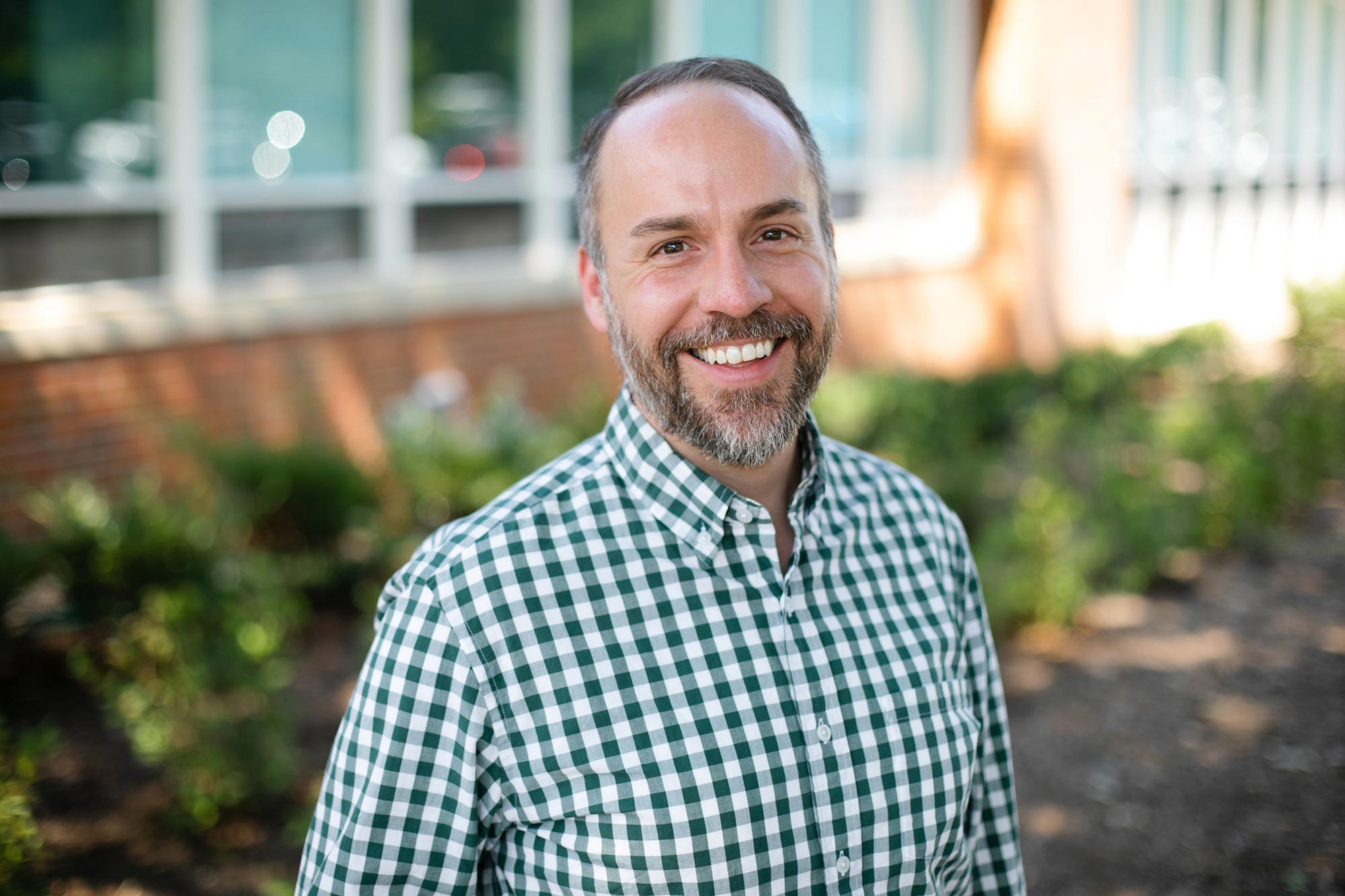Every day, in schools across the country, teachers snag a colleague for a quick five-minute conversation, hoping to pass along helpful information about one of their students.
But the casual conversations are more than a fast chat. The brief encounters are important and informal ways teachers provide insights and support for their students’ learning and development in other classrooms.
For teachers, especially early career teachers, having these conversations can be tricky, requiring skills they likely have never had an opportunity to practice.
Chris Chang-Bacon, assistant professor at the University of Virginia School of Education and Human Development, calls this common practice “advocacy.” A new research study he led with April Salerno, associate professor of education, and doctoral students Will Fox and María Guzmán Antelo, provides advice on how to effectively practice it.
“Advocacy is something that we expect teachers to do and is a really big part of the job,” Chang-Bacon said. “And teachers want to advocate for their students. But we sort of imply it, rather than come up with an actual definition or give teachers a chance to practice it.”
Though advocating for a student with fellow teachers or school administrators may seem easier than speaking in front of a school board, advocating with peers can be fraught with complexities. It can be more complex for pre-service or early career teachers.
“If you’re a new teacher or a teacher intern, you feel like you might be overstepping your bounds by stepping in to advocate for a student, especially to your peers or to your superiors,” Chang-Bacon said. “When they go out into the field, our teacher candidates would say they see this happening a lot, and there are really very few chances to practice it in a low-stakes setting.”
Chang-Bacon and the research team set out to understand what teacher candidates believed about advocacy, to create opportunities for them to practice their skills, and to see what they learned in the process.
The team focused the study on teachers of multilingual learners and English for Speakers of Other Languages, known as ESOL, teachers who regularly advocate for their students:
The team asked ESOL teachers to define their ideas of advocacy and to see themselves as advocates. Then they gave them an opportunity to practice advocating with a computer-based simulation.
The computer scenario, designed by Salerno and Fox, who completed his Ph.D. in 2022, required the ESOL teacher candidate to converse with a simulated middle school science teacher. They had about 10 to 15 minutes to discuss one student they share, a multilingual learner with Spanish as their first language who is having trouble in the science teacher’s class.
Before the simulation, the candidates often believed they would strongly advocate for their students. But during the simulation, they were more hesitant.
“Like all of us, when we have high-conflict moments, it’s challenging to be able to put those advocacy plans in practice, while doing the complex work of trying to build or maintain a relationship with a colleague,” Salerno said. “Especially for teachers new in their positions or who are engaging with those in positions of authority.”
The challenge was finding a balance.
“How do you stand up for the student’s best interest in a respectful way, while still maintaining a peer relationship with your colleague?” Chang-Bacon said.
The teacher candidates viewed videos of their conversations and peers’ conversations, allowing them to reflect on their advocacy and talk to peers. That, the researchers found, was often where the real learning happened.
Salerno also used role-play with the students and saw similar learning experiences when students reviewed videotaped recordings of their interactions.

“They practice the role of the advocating teacher or the other teacher and then watch videos of each other’s pairs to compare different advocacy responses,” Salerno said. “That has been one of the more powerful parts of the assignment.”
The study also revealed that while the teachers were uniquely advocating in their own way, they rely on similar strategies.
Teachers shared professional or general knowledge, gave examples of what has worked for a student or shared research that might be helpful. They also offered to share their time or even join their student in the science class.
Chang-Bacon is interested in expanding the team’s research on advocacy beyond ESOL teachers.
“Advocacy happens for a whole range of issues with students,” Chang-Bacon said. “So how do teachers advocate for a student who’s being bullied? How do teachers advocate for a student who is the victim of racism?”
The simulation allows teachers to practice some increasingly challenging topics, serving as a safe place for them to think through scenarios, to make mistakes and to practice different ways of advocating.
“There’s no one way to do it. But there are a variety of strategies people can use, and they are all effective,” Chang-Bacon said. “Finding these patterns can help us design an advocacy discussion or guide teachers to identify what positive resources they can use when they’re advocating for a student.”
Media Contact
Senior Writer and Research Communications Strategist School of Education and Human Development
audreybreen@virginia.edu 434-924-0809
Article Information
May 3, 2024






